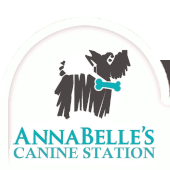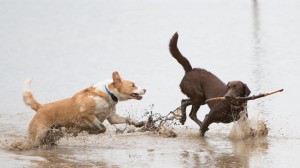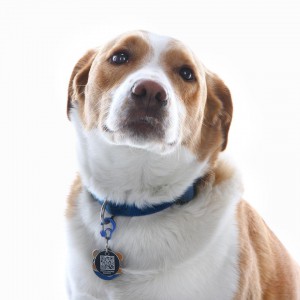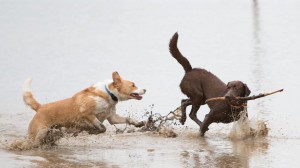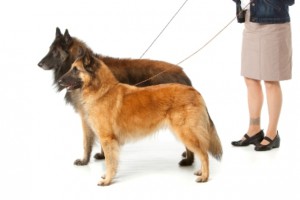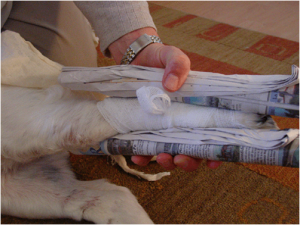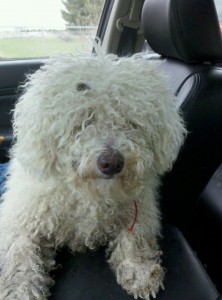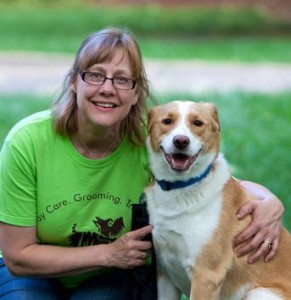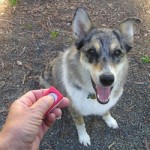By: Dawn Archer Pizzoferrato, ABCDT, owner of Arrow Dog Training
 With Michigan’s new “legal” fireworks law, this weekend, next week and next weekend could be quite stressful for our pets. Plan now to take precautions to make this holiday a happy time instead of a tragic one!! Remember, this is the #1 time of year when pet go missing…Don’t let it be yours.
With Michigan’s new “legal” fireworks law, this weekend, next week and next weekend could be quite stressful for our pets. Plan now to take precautions to make this holiday a happy time instead of a tragic one!! Remember, this is the #1 time of year when pet go missing…Don’t let it be yours.
1. Make sure your pet is wearing their collar with ID tags.
2. Bring your pets in at dusk BEFORE most fireworks take place.
3. Secure them in a covered kennel, to muffle sound or in a room away from windows or cover windows with extra blankets to muffle the sound.
4. Keep a light on so that any “flashes” outside are less noticeable.
5. Play soothing music, or leave a TV on loud enough to cover up outside noises.
6. Give your dog a favorite chew, bone or kong to chew on to relieve stress and occupy them.
7. Arm yourself with the many anti-anxiety tools available. Thundershirts, calming phermone, herbs and essential oils have all shown to help calm anxiety.
8. If your dog still gets very anxious and starts whining, pacing, barking or howling or acting out in any way, DO NOT comfort them! Stay calm, don’t react to the booms, don’t talk to your dog, don’t look at them and don’t touch them. This only reinforces the nervous behavior. You can be in the same room, but CANNOT give any attention. If you’re too much of a softy, don’t stay in the room. Make sure your dog is safe and secure and get out. Get your own ear plugs to lower your own distress.
If your dog stays calm, give calm verbal reinforcement ….”good boy/girl”. You can even give special yummy treat if you know your dog heard something, but did not react. This teaches them that staying calm in the presence of scary noises earns them rewards. And over time the scary noises become much less scary.
9. Gradually desensitize your dog to the sounds of storms and fireworks during NON-firework times. Get a CD with firework and/or storm sounds and play it at a very low level…a level that elicits NO reaction from you dog. Reward for staying calm with treats or attention. Then gradually, VERY gradually increase the volume to levels where your dog can stay calm.
10. Talk to your neighbors TODAY and let them know you have an anxious animal. Most people will take this in to consideration when using their fireworks.
Have fun and be safe!
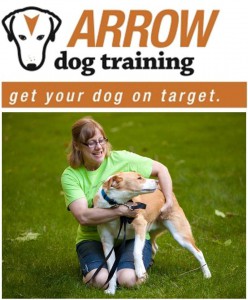 Dawn is an Animal Behavior College Certified Dog Trainer, an experienced Nose Work Instructor, an AKC Canine Good Citizen evaluator, and the owner of Arrow Dog Training. She also works at AnnaBelle’s Day Care Depot and is a doggie play time expert!
Dawn is an Animal Behavior College Certified Dog Trainer, an experienced Nose Work Instructor, an AKC Canine Good Citizen evaluator, and the owner of Arrow Dog Training. She also works at AnnaBelle’s Day Care Depot and is a doggie play time expert!
Dawn is AnnaBelle’s resident clicker training specialist and she can help you Get Your Dog on Target! Dawn uses scientifically proven “clicker training” and “free shaping” to teach your dog all the basics plus other fun, useful behaviors. She uses operant conditioning and positive reinforcement, without correction, to help you and your dog build a bond of trust and respect.
In addition to presenting Doggie Do Good clicker classes, Dawn also offers Nose Work classes, TDI® classes (Therapy Dog International) and in-home private training. Dawn’s group classes are taught at AnnaBelle’s on Tuesday and Wednesday evenings. Click here to see her complete class schedule!
